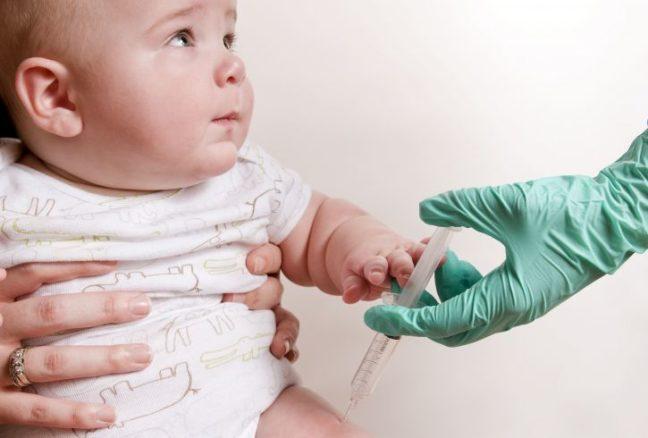In response to the rise in the number of babies born with opioid addictions, Wisconsin’s Department of Health Services proposed a new initiative to reduce the nonmedical use of opioids among young people, establish accessible addiction treatment programs and develop abuse-intervention training for professionals.
According to a DHS report, the rate of neonatal abstinence syndrome, which occurs when an infant is born with withdrawal symptoms from substances its mother takes, increased from 2 to 8.7 per thousand births from 2006 to 2014. This is a 335 percent increase statewide with rates in Dane County doubling from 3.1 to 6.6.
DHS spokesperson Elizabeth Goodsitt said this is a direct result of the increase in opioid use and misuse. Women who actively misuse opioids and/or use methadone or buprenorphine to recover from addiction are likely to give birth to infants who will suffer from the syndrome.
Neonatal abstinence syndrome is associated with physiological and behavioral consequences like low birth weight and respiratory problems, Goodsitt said.
Randall Brown, associate professor at the University of Wisconsin’s department of family medicine and community health, said babies with this syndrome would be tremulous, sneezing, yawning, have convulsions and difficulties with feeding.
“NAS is definitely caused by drug use during pregnancy,” Brown said.
It’s ‘our’ problem: The growing heroin epidemic across Wisconsin
Brown said interventions and treatment for the syndrome strongly depend on mothers. Health services should educate pregnant women about the impact of opioid abuse, provide medication and consultations and communicate with families. He said they should also address any mental health issues that could encourage the mother to abuse substances.
According to DHS’s report, opioid-related overdose deaths tripled in Wisconsin from 194 deaths in 2003 to 622 in 2014. The organization issued public health advisories to inform residents about the scope of the problem and encouraged cooperative effort among different state agencies, Goodsitt said.
“DHS has made fighting the opioid epidemic a top priority,” Goodsitt said.
Walker executive order looks to combat opioid addiction in new ways
DHS has also proposed a $15.7 million plan to the federal Substance Abuse and Mental Health Services Administration in support of the fight against Wisconsin’s opioid epidemic. This plan includes supporting community coalitions that focus on reducing the nonmedical use of opioids among people ages 12 to 25. It establishes a hotline to provide information on treatment and recovery services and expand treatment to uninsured individuals as well, Goodsitt said.
Fortunately, for now, researchers have not identified any long-term impact of the neonatal abstinence syndrome on babies, Brown said. On average, symptoms can be treated in two to four weeks. After birth, the baby would be hospitalized and treated until there is no more evidence of withdrawal.
“It has been successfully treated for a long time in [a] similar way to treat adults that have addictions,” Brown said.














